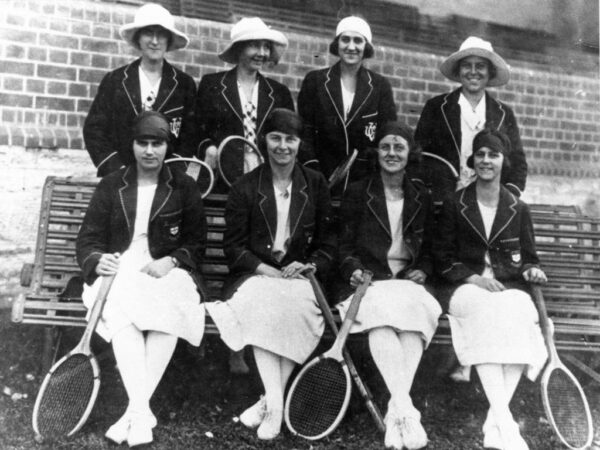Tag: profession

Dubious Electrotherapy
The word physiotherapy was used by many different practitioners in the first part of the twentieth century; including French physicians, American electrotherapeutists and later British radiologists as medical radiation was first grouped with electrotherapy. The word physiotherapy was also also used by ‘cultists’ like chiropractors and osteopaths, and untrained laypersons …

The Physiotherapy Institutions of Mexico City
Prior to the turn of the 19th century individuals with lesser physical capacity from congenital diseases or acquired from work accidents, war wounds, etc., were commonly excluded from work and social environments because they were considered incapable of contributing to society. Medical care for this type of population was seen …

On the Origins of Netball
The international game of netball can trace its popularity and codification to a unique college of Swedish gymnastics in the United Kingdom at the turn of the nineteenth century. The all-female college was also at the heart of the development of both the physical education and physiotherapy professions. Women’s Basketball …

Rosalind Paget: An Historical Overview and Appreciation, Part 2
Rosalind Paget was one of the original four founders of the Society of Trained Masseuses which later became the Incorporated Society of Trained Masseuses, in 1920 the Chartered Society of Massage and Medical Gymnastics and ultimately, in 1944 the Chartered Society of Physiotherapy. She was the first Chair of Council …

Rosalind Paget: An Historical Overview and Appreciation, Part 1
Rosalind Paget was one of the original four founders of the Society of Trained Masseuses which later became the Incorporated Society of Trained Masseuses, in 1920 the Chartered Society of Massage and Medical Gymnastics, and ultimately, in 1944 the Chartered Society of Physiotherapy. She was the first Chair of Council …

Fees and Remuneration in South Africa in the 1920’s
The South African Society of Massage and Medical Gymnastics (now known as the South African Society of Physiotherapy) was formed on 11 December 1924. It had four branches, aligned with the country’s provinces at the time: the Cape Province, Transvaal, Natal and Orange Free State. Early considerations of the Central Governing …

Are We Keeping Physical Therapy White?
Medicine has often been framed as the “ideal” profession, leading other health fields to emulate it when pursuing their own professionalisation. American medicine’s current education system came about during the early-twentieth century, as part of a multi-decade campaign to enhance the profession’s status by restricting education to an elite few, …

Careers for Girls
In 1927 ‘The News’ newspaper in Adelaide, South Australia ran a weekly series of articles on their Woman’s page exploring suitable careers for girls; “a problem which at times confronts the parents of daughters”. The newspaper obtained the information for the article from an un-named “authority in the occupation”. The …

Seventy Years of Studenthood
Studying physiotherapy was as beautiful as it was difficult. Every physiotherapist was at some point a student; a period of their lives full of unique but familiar experiences. We asked physiotherapists from around the world to share their educational stories, including their transition into the work force, in order to …

History of the Word Physiotherapy
The International Physiotherapy History Association is pleased to announce that it has published an editorial in the journal Physiotherapy Theory and Practice. This editorial, titled “Physiotherapy: The history behind the word”, explores how the current profession, having evolved from a series of disconnected practices (such as manipulation, gymnastics, massage, hydrotherapy, …
